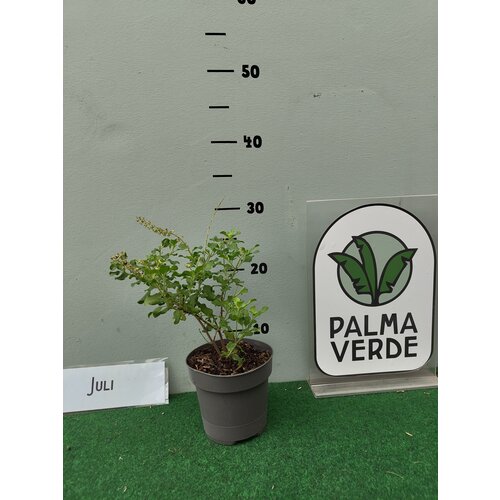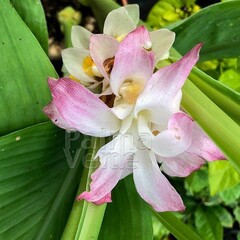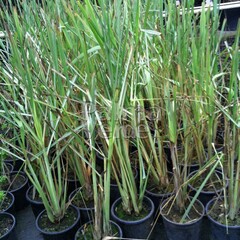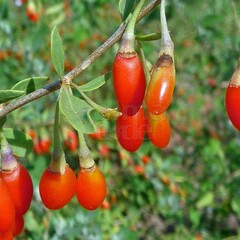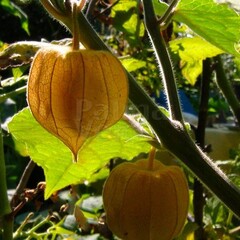Ocimum sanctum, commonly known as Tulsi or Holy Basil, is an aromatic plant with a deep cultural and medicinal heritage. In traditional Ayurvedic medicine, Tulsi has been revered for thousands of years for its healing properties – and with good reason.
This semi-woody, highly fragrant herb grows into a compact shrub reaching 50 to 100 cm in height, with a bushy habit and oval, lightly toothed leaves. The foliage ranges from deep green to purplish tones, depending on the variety, and emits a warm, spicy scent with notes of clove and sweet herbs.
In summer, Ocimum sanctum produces delicate spikes of purple-lavender flowers that attract bees and other pollinators. Its elegant flowering stems contrast beautifully with the lush green foliage. Thanks to its fast growth and intense fragrance, Tulsi is a valuable addition to herb beds, greenhouses, or containers – ideally in a warm, sunny location.
Holy Basil is well known for its adaptogenic qualities, helping the body cope with stress and supporting the immune system. The leaves are commonly used for herbal teas or added fresh to dishes. Note: this is a different species from the common sweet basil (Ocimum basilicum) – Tulsi has a complex, spicy aroma that stands out uniquely.
Ocimum sanctum is not frost-hardy and should be treated as an annual or container plant in temperate climates. When overwintered in a light, frost-free space (around 10–15 °C), it can survive and regrow the following season.
Hardiness: not frost-hardy (min. 10 °C)
Tip: Regularly harvest young shoots to encourage bushier growth – and to enjoy the rich scent and flavour that make Holy Basil so special.





